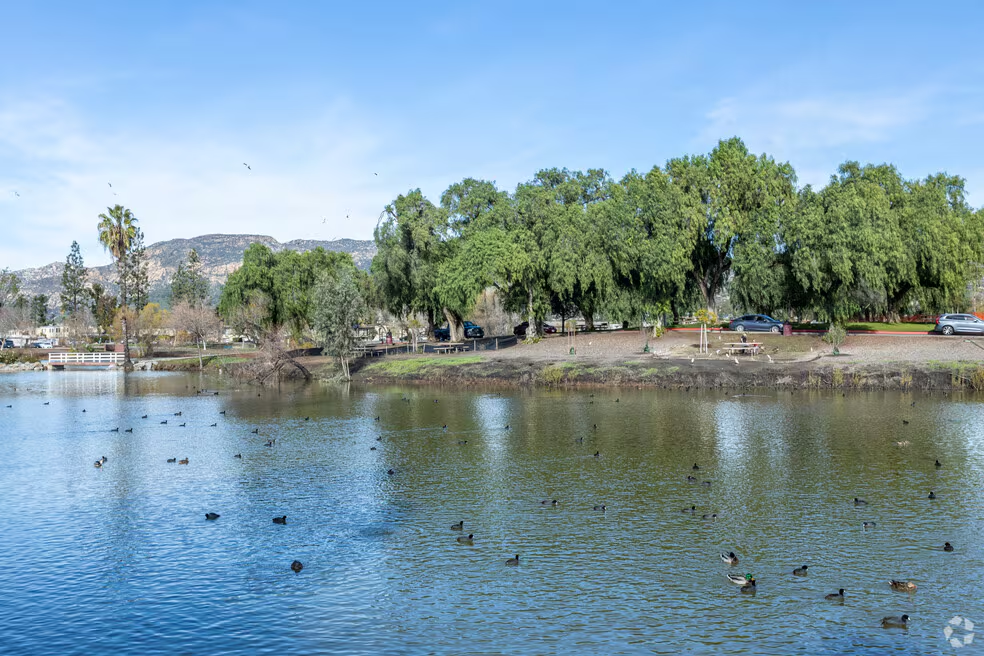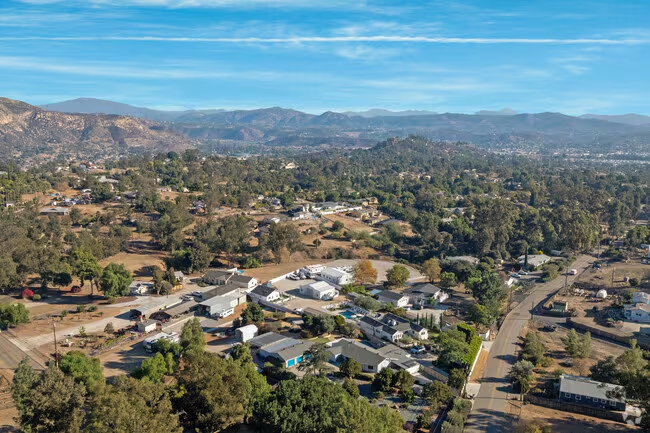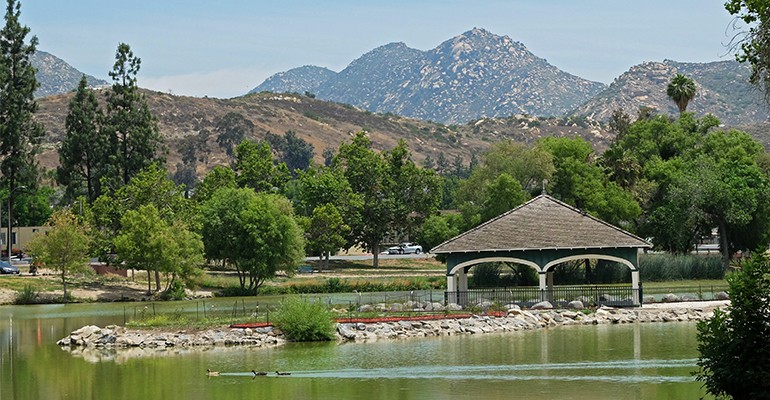Lakeside, California has a rich history spanning over 150 years. Here’s an overview of the community’s historical development:
Indigenous Origins
For thousands of years before European settlement, the Kumeyaay people lived in the area, enjoying the moderate climate and abundant water supply from Lindo Lake – San Diego County’s only natural lake Lakeside History – Lakeside Historical Society. They lived peacefully by hunting, fishing, and gathering acorns and other native foods, while also creating pottery, baskets, and jewelry.
Spanish Mission Period (1769-1820s)
After the San Diego Mission was established in 1769, Spanish padres explored eastward along the San Diego River, discovering the broad El Cajon Valley (“the box”) around 1800. The eastern hills where Lakeside now sits became known as Caňada de Los Coches, or “Glen of the Pigs,” where large numbers of swine were raised Lakeside History – Lakeside Historical Society.
Around 1820, Jose Maria Estrudillo built the first known home in Lakeside near what is now Maine Avenue and Parkside Street Lakeside History – Lakeside Historical Society.
Mexican Land Grant Era (1831-1848)
During the Mexican period, two significant land grants were established: the small 28-acre Caňada de Los Coches grant in 1843 and the massive 48,800-acre El Cajon Rancho grant in 1845. These lands would eventually form the foundation for modern Lakeside.
American Settlement (1870s-1880s)
In 1870, Benjamin P. Hill purchased 10,000 acres and established a ranch in Lakeside, building his home at what is now Wildcat Canyon and Willow Roads. He raised thoroughbred horses and operated a training racetrack on the property.
Town Founding (1886)
Lakeside was officially founded in 1886 when 6,600 acres of land surrounding Lindo Lake were purchased by the El Cajon Valley Land Company Lakeside, California – Wikipedia. The company immediately began promoting the area as a resort town and constructed an impressive 80-room Victorian-style inn next to Lindo Lake at a cost of $50,000, completed in 1887 Lakeside History – Lakeside Historical Society.
Railroad Era and Growth
The railroad arrived in 1889, bringing visitors and new residents on the San Diego Cuyamaca Eastern Railroad. Small businesses flourished, including Beamer’s Stable and Blacksmith shop, general stores, and a butcher shop. A church was built in 1896, and by 1900, Lakeside had become a thriving community.
Racing Fame


In 1907, the famous race car driver Barney Oldfield set a new land speed record of 70.3 mph on the race track that circled Lindo Lake, driving his “Green Dragon” Lakeside History – Lakeside Historical Society. This event brought national attention to Lakeside as a racing destination.
20th Century Challenges and Changes
The grand Lakeside Inn was dismantled in 1920, marking the end of the resort era. The railroad connection, which had been vital to the community’s growth, gradually declined after flood damage in 1916 and 1927. By 1942, the railroad connection was completely severed.
Modern Development


The Lakeside Rodeo began in 1920 and continues today as an annual tradition. Throughout the 20th and 21st centuries, Lakeside has grown significantly while maintaining its small-town character. The historic Maine Avenue has been revitalized, preserving the community’s connection to its rich past.
Today, Lakeside remains centered around Lindo Lake and continues to balance growth with preservation of its historical heritage, overseen by the Lakeside Historical Society, which was founded in 1972.

